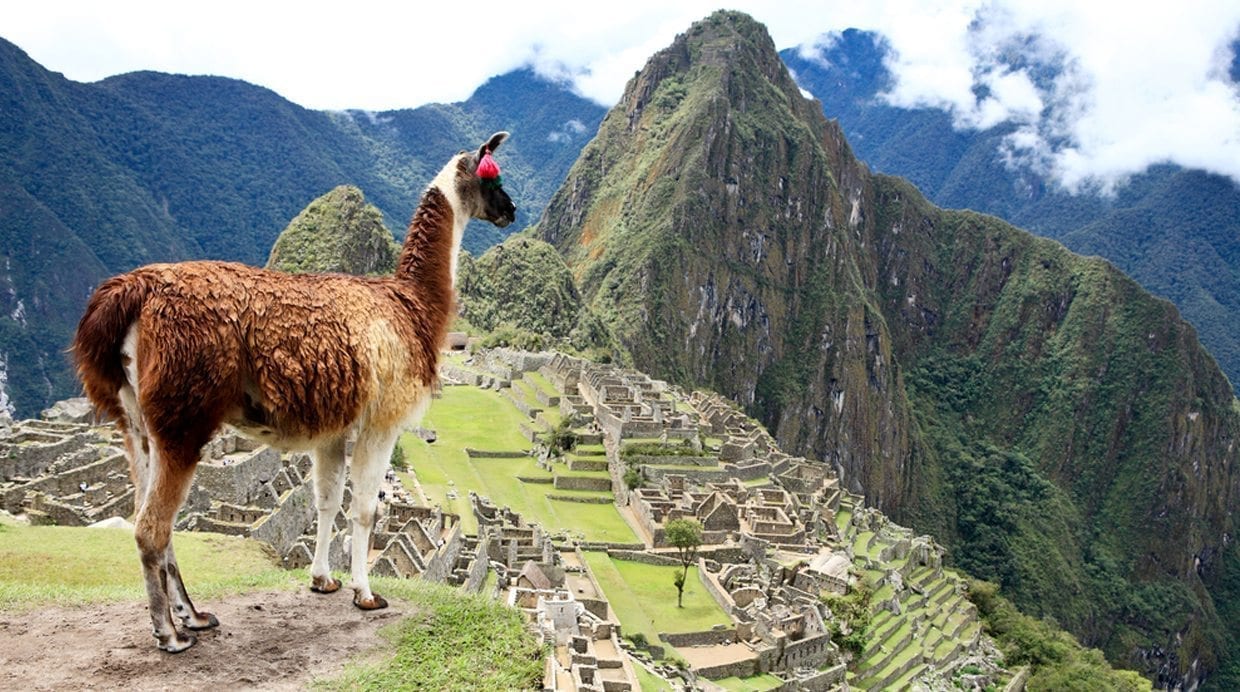Contenido de Peruvian Airlines
When it comes to travel and leisure, Peru has seen remarkable growth in recent years. Its tourism industry continues to thrive thanks to the country’s diversity of attractions, the integration of technology, dedicated promotion, and investments from both public and private sectors. All this, combined with a deep sense of history, culture, and authenticity, has made Peru a highly sought-after destination—especially in 2017.
With the arrival of summer comes intense heat and endless sunshine, creating the perfect excuse to explore new places close to the capital. Here are four destinations to enjoy this summer that are all located within 100 kilometers of Lima:
1. Huaral
Huaral is not only home to delicious cuisine—particularly its famous Chancho al Palo (roasted pork)—but also historical landmarks like the nearly 500-year-old Church of San Juan Bautista, declared a historical monument of Peru in 1990. Although it’s the farthest on this list at 92 kilometers from Lima, it’s well worth the journey for food lovers and history buffs alike.
2. Huacho
Huacho offers the perfect blend of great food and beautiful beaches. Just a short trip from Lima, you’ll also find stunning wetlands such as La Encantada, ideal for a peaceful nature escape.
3. Paracas
A true paradise between desert and ocean, Paracas is just two hours south of Lima. The region is known for its luxury beachfront resorts and impressive beaches, as well as tours to the Ballestas Islands, where you can spot sea lions and exotic birds in their natural habitat.
4. Barranca
Located to the north of Lima, Barranca is home to some of the best beaches near the capital. The area also boasts unique natural attractions like Albuferas del Nuevo Mundo—a lagoon separated from the sea by only 250 meters—and the lush Lomas de Lachay.
Take advantage of Peru’s golden summer sun. Not only will you return with a beautiful tan, but you’ll also carry unforgettable memories of new experiences and joyful moments.
Peru’s growing list of tourist gems offers something for everyone. Travel today is no longer a luxury—it’s a form of personal fulfillment, a way to enjoy life to the fullest, and a source of meaningful experiences.
It’s important to remember how far we’ve come. For ancient civilizations—like the Vikings, the Barbarians, or empires of the past—travel was often a quest for conquest, wealth, and power. Even in the post-Christian era, before the 19th century, journeys were motivated by colonization, war, and domination.
But with the rise of capitalism and the Industrial Revolution came modernization and globalization. Markets opened, societies changed, and travel became something entirely new.
This is when tourism was born—when traveling became a journey of pleasure, discovery, and joy.



